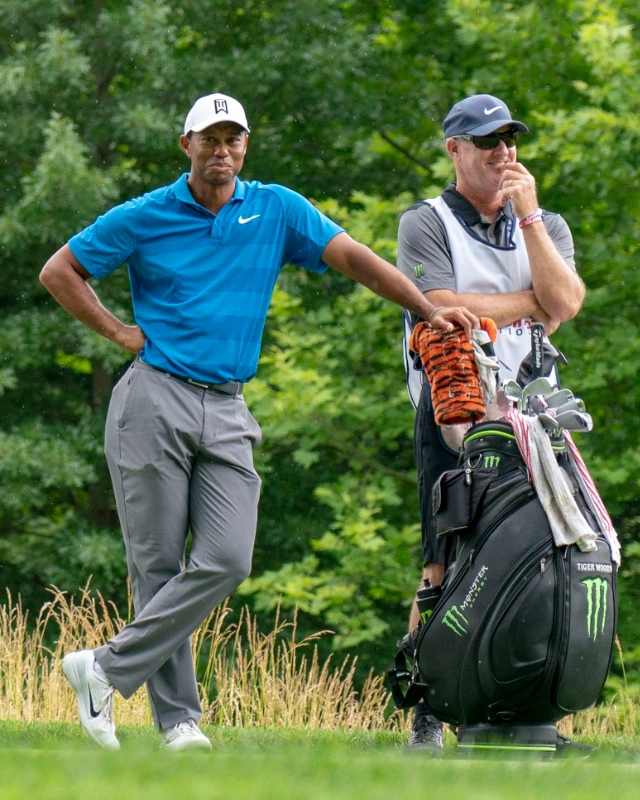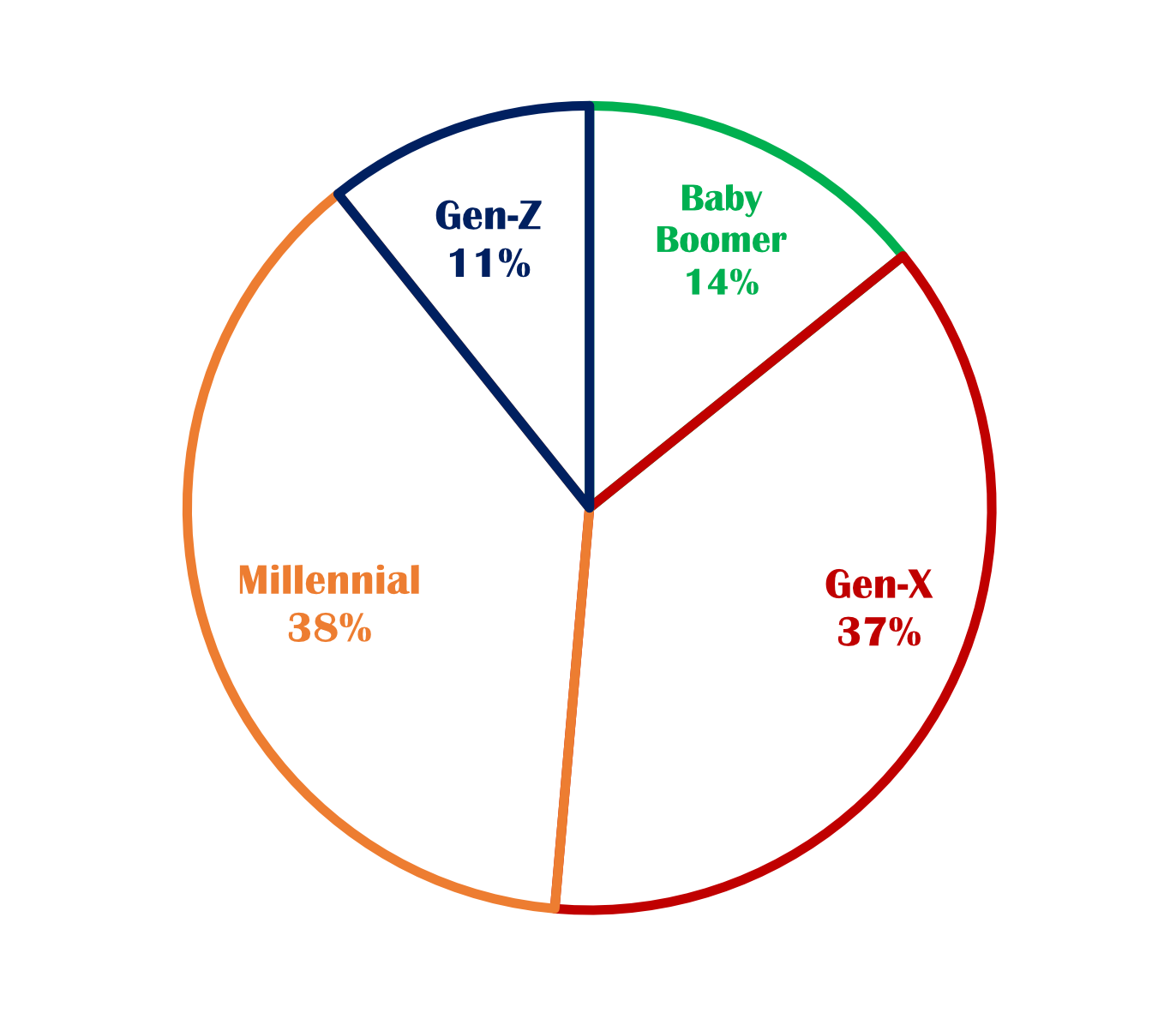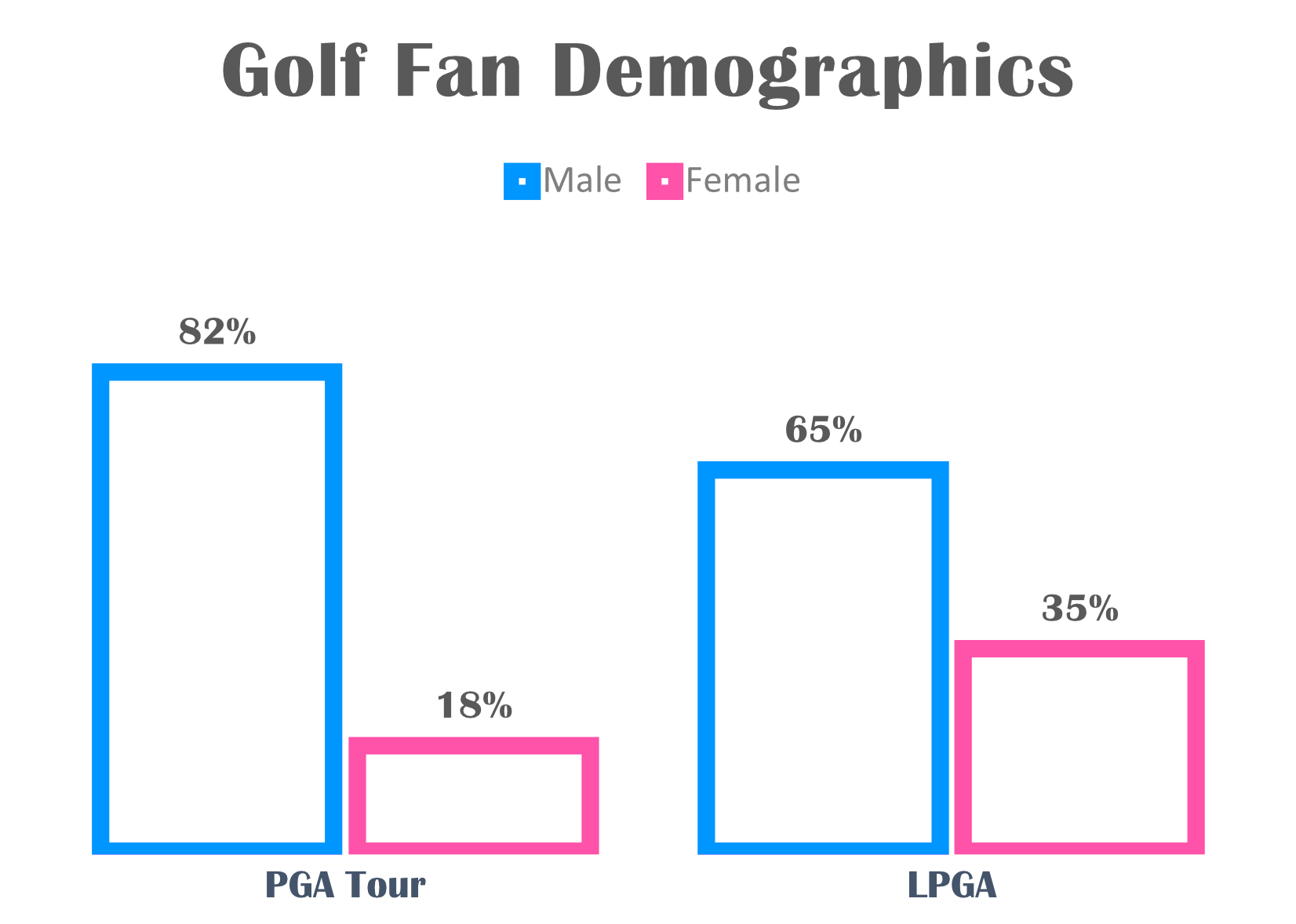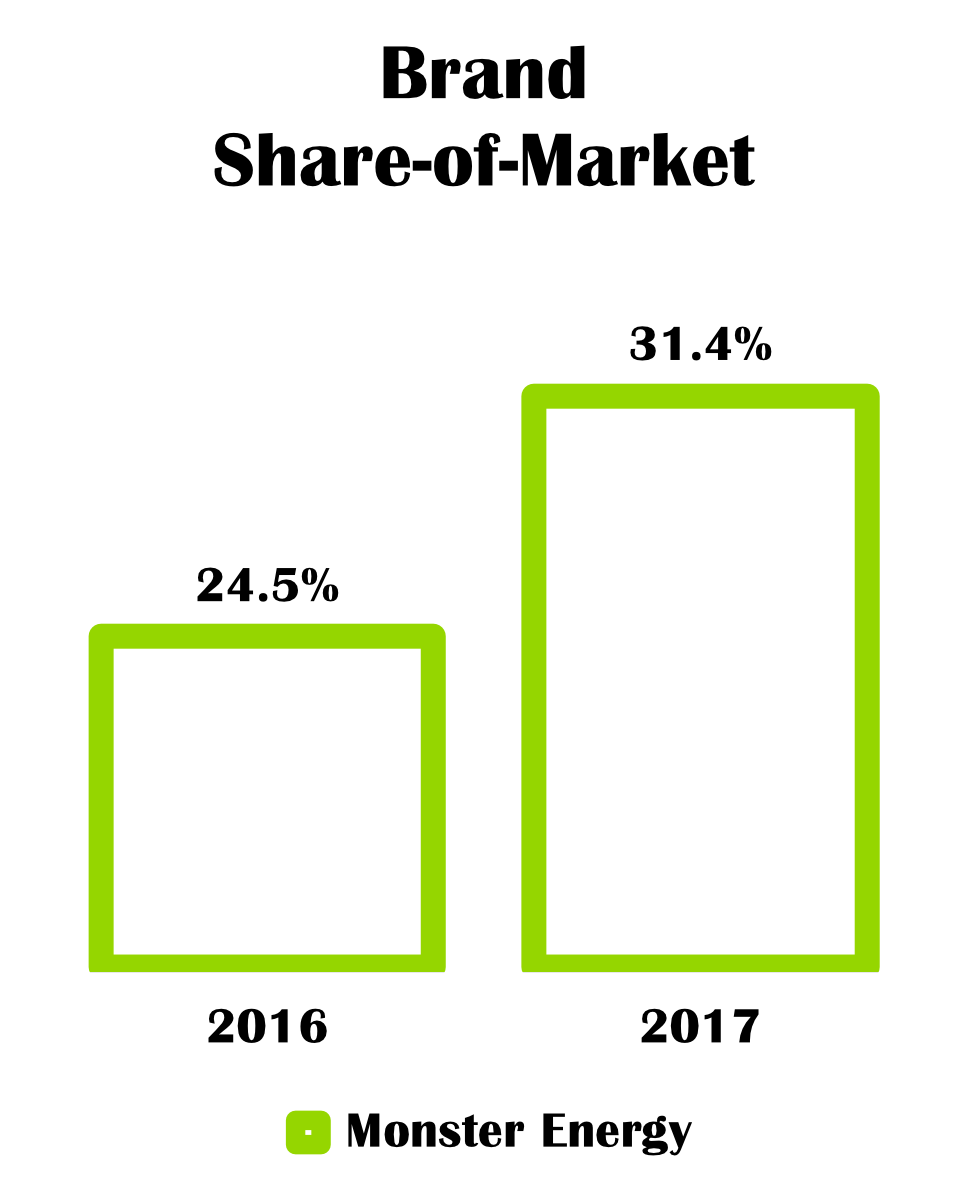
In 2019, sports sponsorships totaled $14.7 billion in the U.S. alone. Statista projects that figure will rise to almost $20 billion by 2024. Corporations see the powerful results of partnering with a sports property and its passionate fans. These fans are a marketer's dream. Businesses have come up with many unique partnerships, but how successful are these tactics, and how have companies identified with fans and their passions? Let's take a look.
Everyone knows about the Allstate Good Hands field goal net. The Good Hands net debuted on September 1, 2005, at a game between Temple and Arizona State. Since then, Allstate's Helping Hands have become "arguably the most prevalent brand in college football," according to the Sports Business Journal (Smith & Lefton, 2014).
Allstate's strategy is perhaps the best example of sports marketing, but it is not the only example. Sports marketing extends well beyond college football. The Coca-Cola brand is on scoreboards internationally, and hundreds of athletes have signed deals with Nike, Gatorade, and others. These are just a few examples of the countless partnerships in sports today, and every single one is different.
Golf is unique. At the professional level, individuals compete rather than teams. It provides a unique challenge for marketers hoping to advertise their products through the sport. Despite LIV Golf's effort to overthrow, the PGA Tour is by far the premier league in golf. Not surprisingly, that is where most of the sponsorships/partnerships go.
To market effectively, you must know your audience. Zoomph is a tool that helps us do that. Zoomph analyzes millions of social media accounts to determine what people are interested in based on their interactions and who they follow. It is a tool used extensively by those hoping to create new partnerships or evaluate existing ones.

The demographics of PGA Tour social media followers are similar to what you would expect: 82% are male, 33% are Gen-X, 43% are Millennial, and the vast majority live in the United States. From there, we can find more interesting insights.

57% of PGA Tour followers also follow Tiger Woods, making him the most followed golfer. Donald Trump (48%) is more popular than his 2016 opponent Barack Obama (34%). PGA Tour fans are also 3.2 times more likely to follow Monster Energy than the typical user in the United States. These discrepancies may seem slim, but they can make huge differences when the goal is to drive revenue.

Let's take a closer look at Monster Energy, for example. Monster's partnership with Tiger Woods is a classic example of a company using a famous athlete to market its product. In December 2016, Monster announced a partnership with Tiger Woods. Woods debuted his Monster-branded golf bag shortly after. According to the Sports Business Research Network data (SBRnet), the partnership was effective. Monster Energy's "brand share-of-market" was 24.5% in 2016. In the first year of the partnership, that figure jumped to 31.4%. This jump means an additional 6.9% of golf fans reported drinking Monster Energy most in the last 12 months.
Converting 6.9% of the millions of golf fans translates to a substantial increase in revenue. The revenue generated from this partnership is almost definitely higher than the amount paid to Woods. This partnership is a success story for Monster Energy, and it is no surprise they re-signed Woods in 2020.
Comparing PGA Tour fans to LPGA fans is also intriguing. 73% of LPGA fans also follow the PGA Tour; however, only 9.5% of PGA Tour fans choose to follow the premier tour in women's golf. Marketers should know that if they market with the PGA Tour, they will also reach many LPGA followers. Conversely, marketing with the LPGA will capture only a slim portion of PGA Tour fans.
Demographically, only 18% of PGA Tour followers are female, but 35% of LPGA fans are female. This difference is notable, but what can we do with that? When comparing LPGA fans to PGA Tour fans, we find subtle disparities that point to the bigger picture. Women are more likely to shop in retail stores, and Zoomph data confirms that. The female-dominated LPGA fan base is 1.5 times more likely to follow Dick's Sporting Goods, 1.6 times more likely to follow Lululemon, and twice as likely to follow stores like Whole Foods, Publix, Kroger, and Aldi. Again, the margins seem small but converting an additional 3% of golf fans could have substantial impacts.
The LPGA is a great example where marketers can spend less money and have better results. A Target commercial during a PGA Tour tournament will cost more and reach a smaller female audience; however, a Target partnership with the LPGA would be a much more cost-effective way to engage with their intended audience. Similarly, if Lululemon wanted to partner with a golfer, they should be much more interested in an LPGA player.
Sports marketing is a complex industry. Companies must decide who to target, who to partner with, and how to use their limited resources optimally. Coca-Cola's yearly sports marketing budget is around $500 million, but they still have to find the best ways to use it. Their job can be much easier with data analytics, social media, and tools that combine them, like Zoomph. Using data, we can draw insights into which partnerships will be winners and which will fail. Ultimately, these insights can make or break a sports marketing department.
About the Author
 Matthew Madden is a junior student-athlete at Samford University. He is studying economics, sports marketing, and data analytics. Here is a link to his LinkedIn profile.
Matthew Madden is a junior student-athlete at Samford University. He is studying economics, sports marketing, and data analytics. Here is a link to his LinkedIn profile.
Sources
- Energy, M. (2022, April 7). Monster Hydro Super Sport supports Tiger Woods return to the Masters. Monster Hydro Super Sport Supports Tiger Woods Return To The Masters. Retrieved November 26, 2022, from https://www.prnewswire.com/news-releases/monster-hydro-super-sport-supports-tiger-woods-return-to-the-masters-301519718.html
- Gough, C. (2021, March 17). Sports sponsorship spending in the U.S. from 2014 to 2024. Statista. Retrieved November 26, 2022, from https://www.statista.com/statistics/284687/sports-sponsorship-spending-in-north-america-2014/
- Smith, M., & Lefton, T. (2014, May 26). Allstate's net gain. Sports Business Journal. Retrieved November 26, 2022, from https://www.sportsbusinessjournal.com/Journal/Issues/2014/05/26/In-Depth/Allstate.aspx
